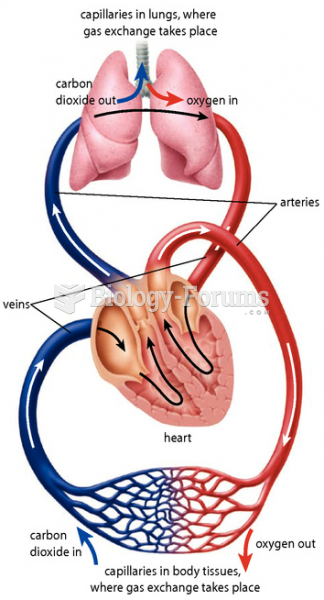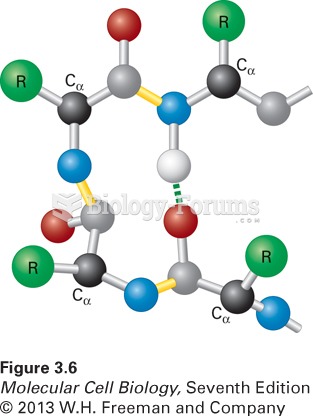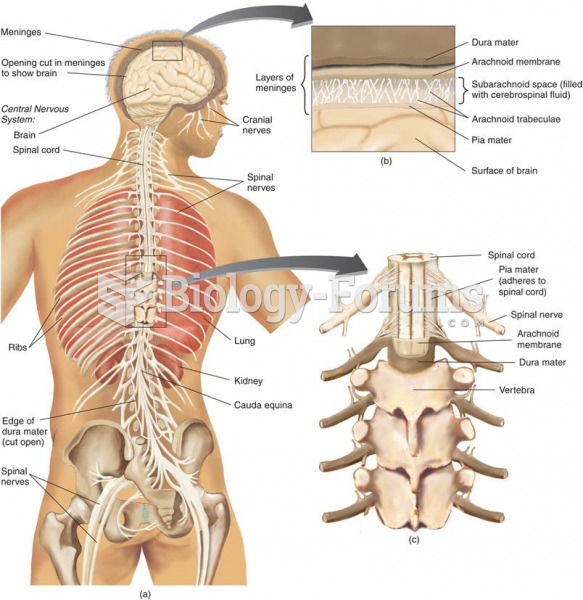|
|
|
Earwax has antimicrobial properties that reduce the viability of bacteria and fungus in the human ear.
Urine turns bright yellow if larger than normal amounts of certain substances are consumed; one of these substances is asparagus.
Each year in the United States, there are approximately six million pregnancies. This means that at any one time, about 4% of women in the United States are pregnant.
Cucumber slices relieve headaches by tightening blood vessels, reducing blood flow to the area, and relieving pressure.
The average older adult in the United States takes five prescription drugs per day. Half of these drugs contain a sedative. Alcohol should therefore be avoided by most senior citizens because of the dangerous interactions between alcohol and sedatives.







